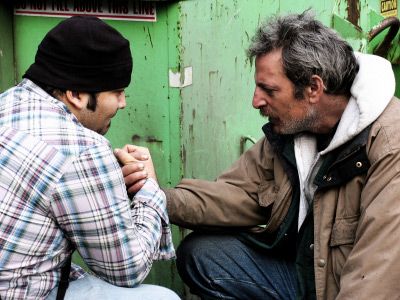Tracking grizzly bears through the Tetons in Wyoming. Building bridges across rivers in Idaho's national forests. Restoring the Florida Everglades after Hurricane Andrew. Mapping geothermal features in Yellowstone Park. Teaching schoolchildren how to turn sunflower seeds into biodiesel fuel.
These are just some of the projects carried out by the Student Conservation Association's 4,000 interns and volunteers each year.
Advertisement
Headquartered in Charlestown, N.H., on 50 acres along the Connecticut River, the Student Conservation Association (SCA) is the largest youth environmental group in the country.
Founded in 1957, the SCA has regional offices in Washington, D.C., Oakland, Calif., Pittsburgh and Seattle. It offers hundreds of conservation service opportunities to high school and college students that may last anywhere from a couple weeks up to a year [source: SCA].
Each year, the interns work on restoring land, building trails, replenishing depleted fish populations, preventing forest fires and removing invasive plants on more than 500 sites in national parks, national monuments, wilderness areas and other federally-controlled land throughout the United States.
The nonprofit organization's goal is to create the next generation of conservationists. And so far, it's been pretty successful. About 70 percent of SCA alumni choose conservation careers or remain actively involved in community environmental projects [source: SCA].
Read on to find out how the SCA got started.
Advertisement

